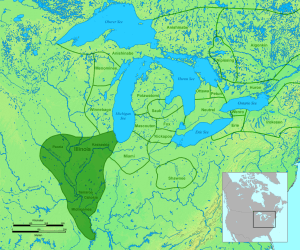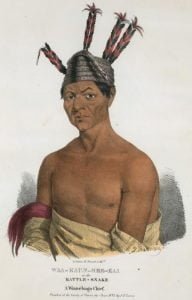Biography of Albert M. Beal, M. D.
The technical education of the doctor of medicine avails him but little unless he has laid a foundation for it of broad general knowledge and made a careful study of human nature. When he took up the practice of medicine Doctor Albert M. Beal brought to the profession a mental equipment such as few men acquire in a lifetime. For years he had been an educator, teaching the common branches in the public schools and later specializing in college. Having as a student earned the degrees of Bachelor of Arts and Master of Arts, he later found opportunity to perfect … Read more




